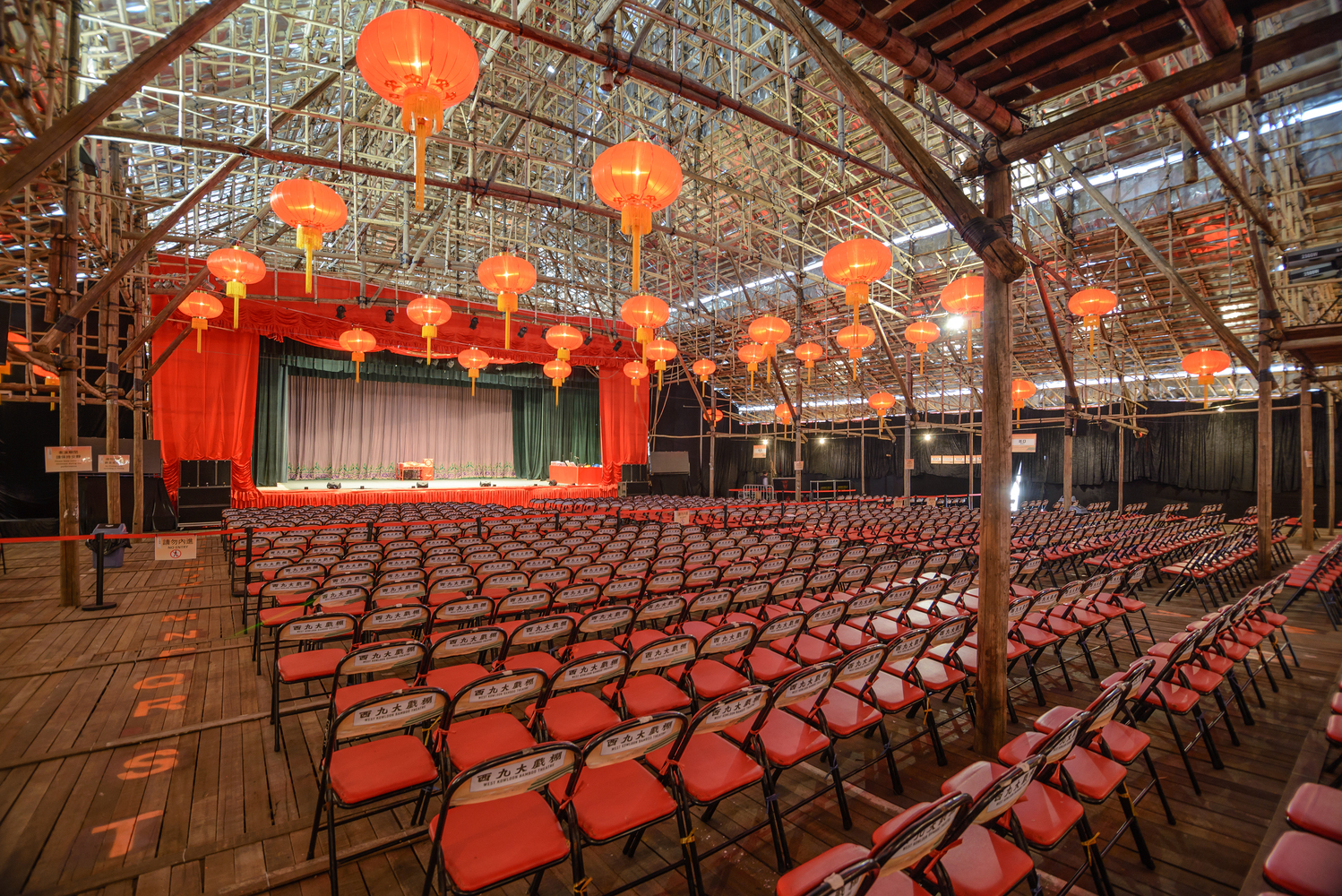
"Architecture-one of the few cultural artifacts made to be publicly lived with, preserved, and often capable of standing for centuries-contributes significantly to the cultural identity of places and people. Historically, buildings have expressed institutional attitudes, influence, and power; they are clear demonstrations of culture. Yet longevity complicates preservation: when a structure is rebuilt, repaired, or entirely reassembled, in what sense is it still the same building?"
"There's the classic Ship of Theseus puzzle from Plutarch. if a ship's planks are replaced one by one over time, is it still the same ship? Thomas Hobbes adds a twist-if the original planks are reassembled elsewhere, which ship is "the original"? The paradox tests what grounds identity: material fabric, continuous use and history, or shared recognition. In architecture and conservation, it reframes preservation as a choice among keeping matter, maintaining form and function, or sustaining the stories and practices that give a place meaning."
"Approaches differ across traditions. In many Western contexts, authenticity is often tied to surviving material-replacements can be seen as a loss of originality. By contrast, in parts of the East, longstanding practices encourage periodic rebuilding in the same form and technique, so that the act of making and the process of architecture-and the craft, ritual, and typology it sustains-becomes the vehicle of cultural memory."
Architecture shapes cultural identity by embodying institutional attitudes, influence, and power through built form. Longevity creates questions of identity when structures are repaired, rebuilt, or reassembled. The Ship of Theseus paradox asks whether material replacement or relocation alters identity and whether identity rests in fabric, continuous use, or communal recognition. Preservation therefore involves choices among conserving original matter, retaining form and function, or sustaining practices and stories. Western perspectives often equate authenticity with surviving material, while some Eastern traditions prioritize periodic rebuilding in consistent form and technique so that craft, ritual, and rebuilding processes transmit cultural memory.
Read at ArchDaily
Unable to calculate read time
Collection
[
|
...
]